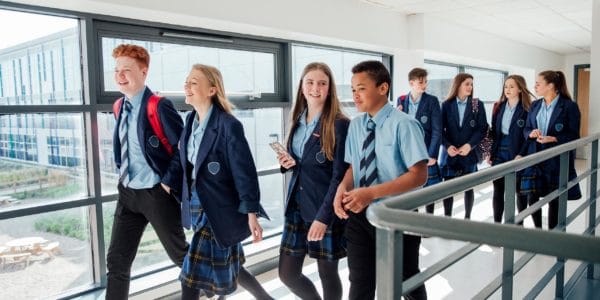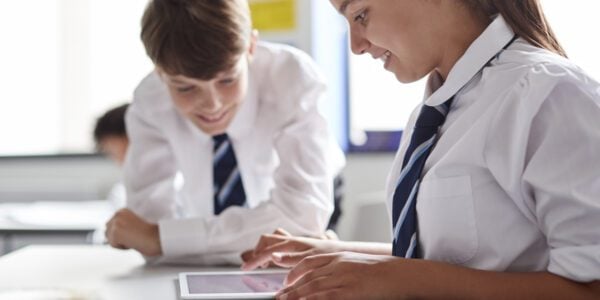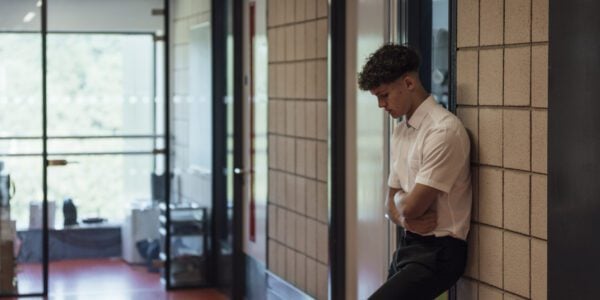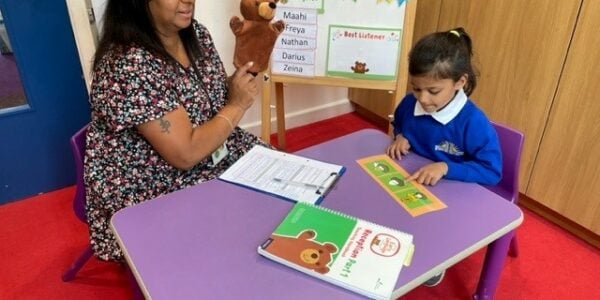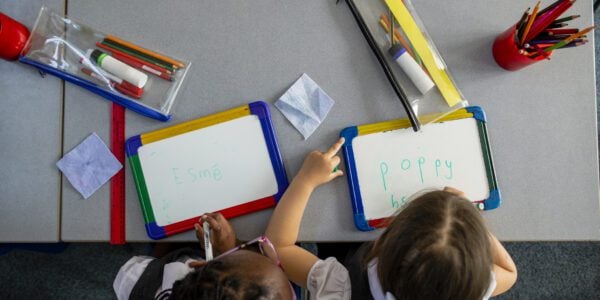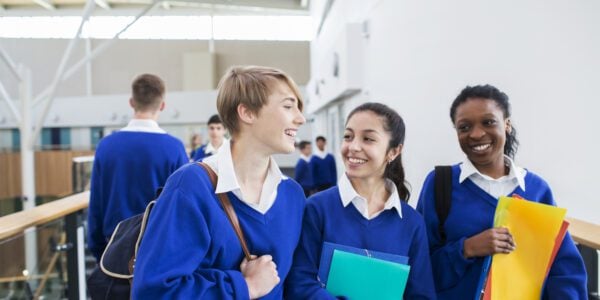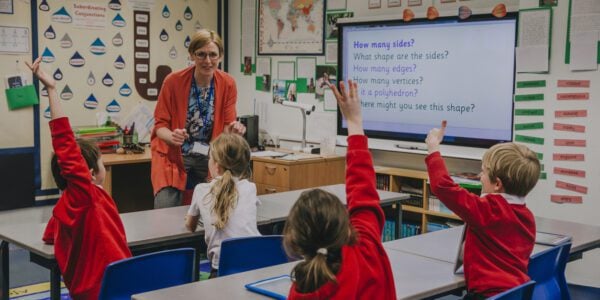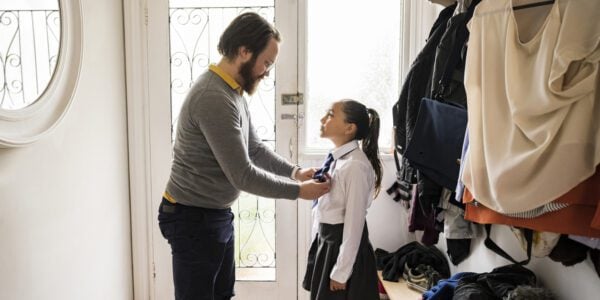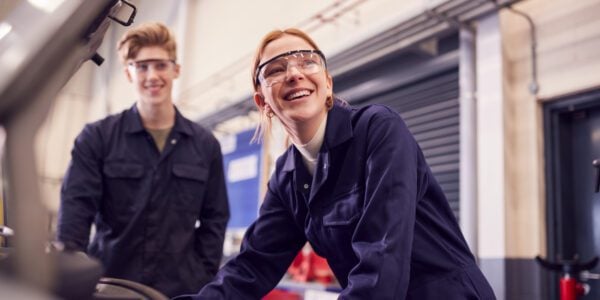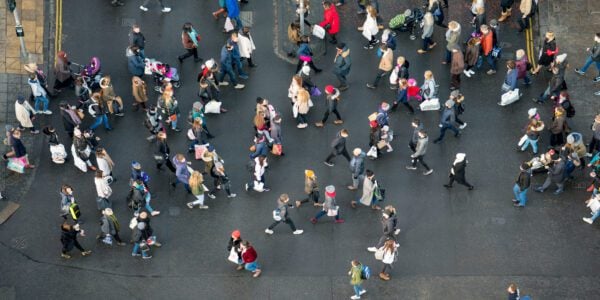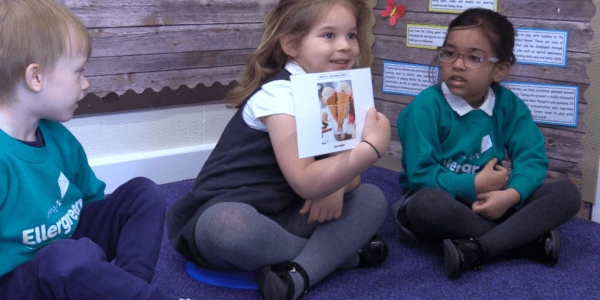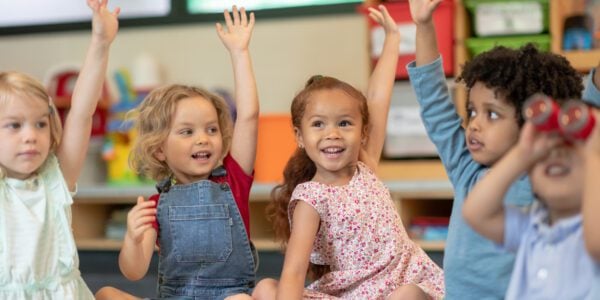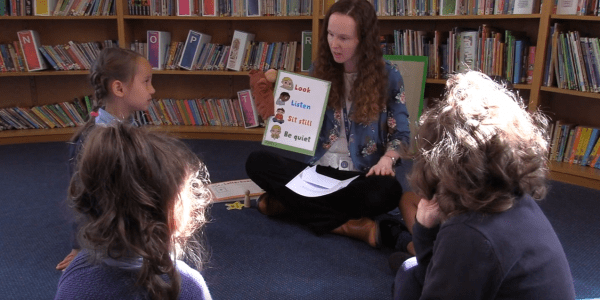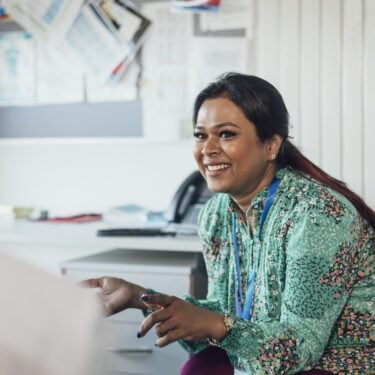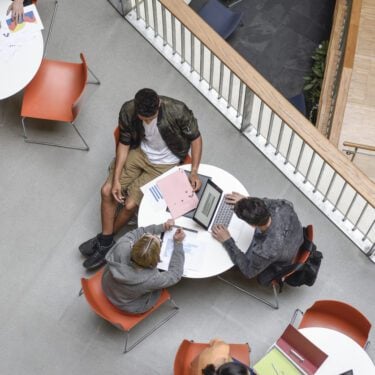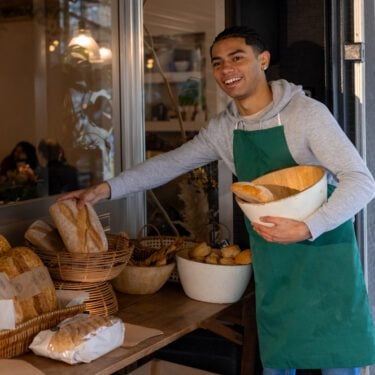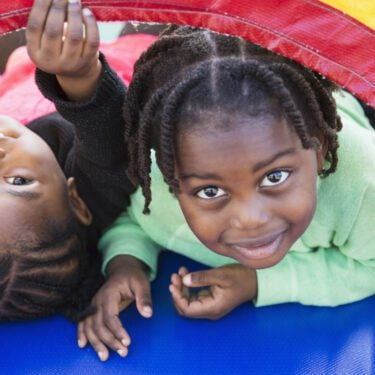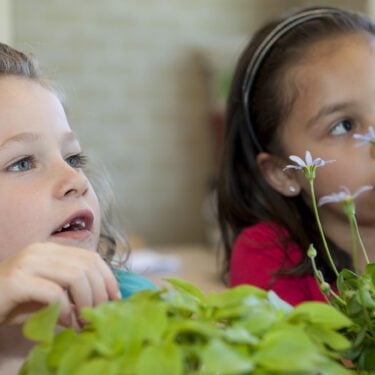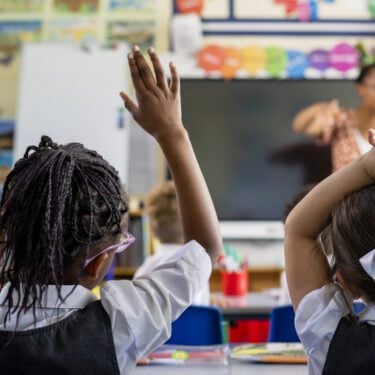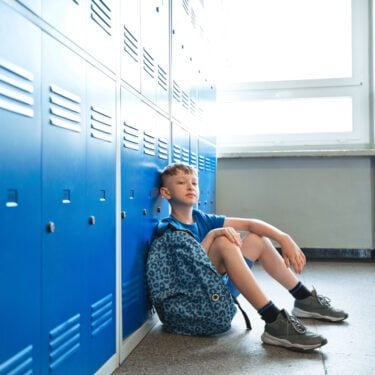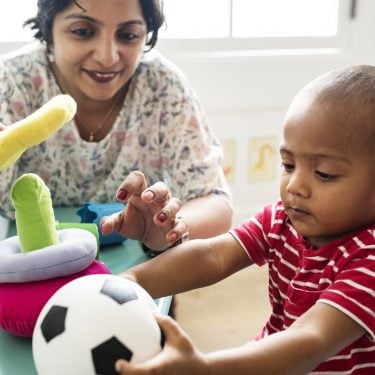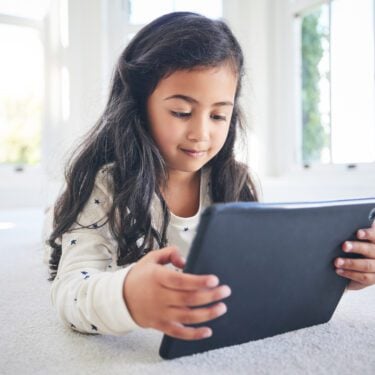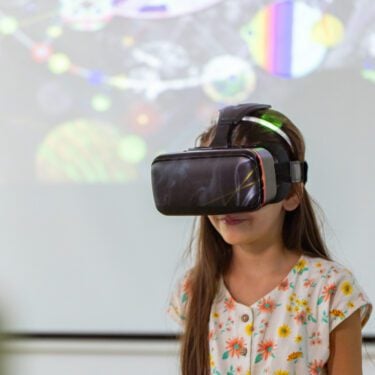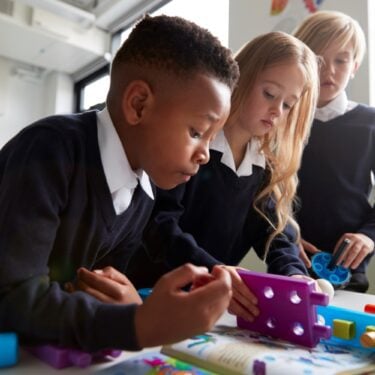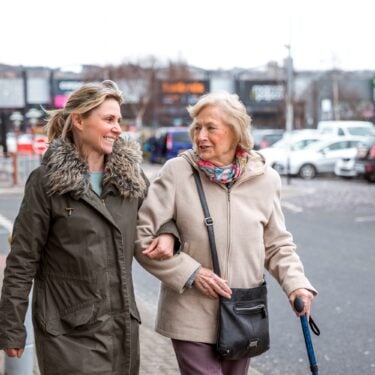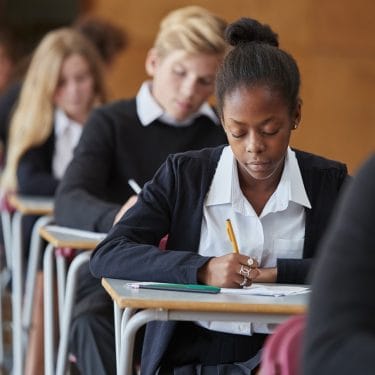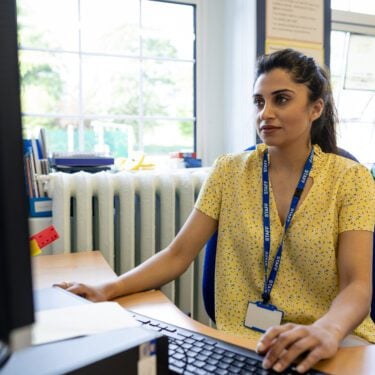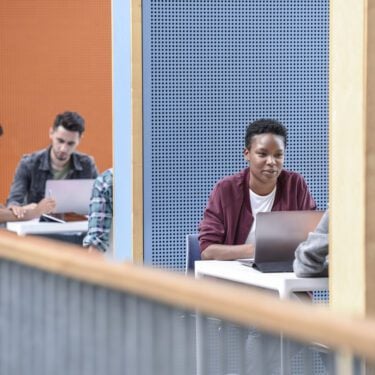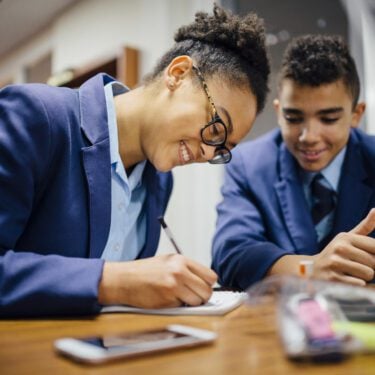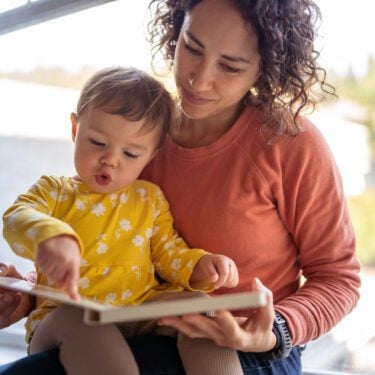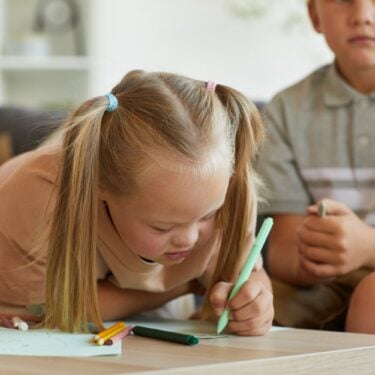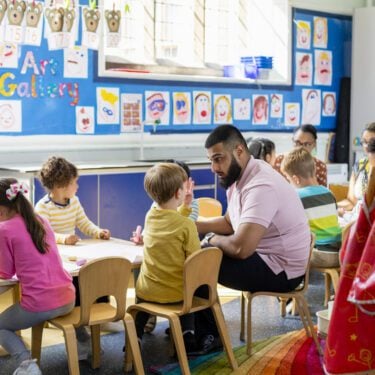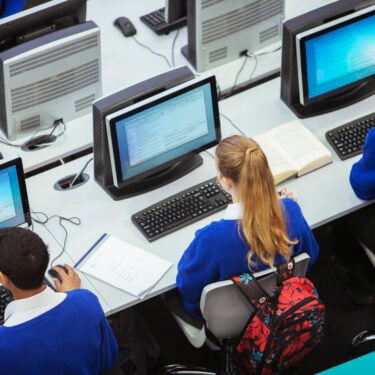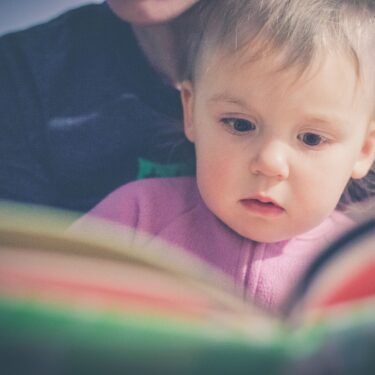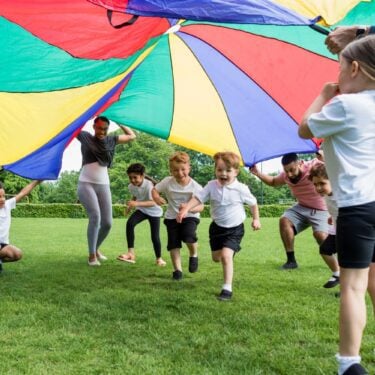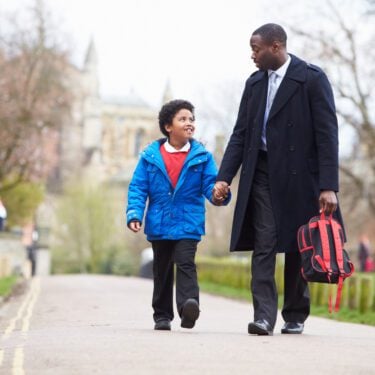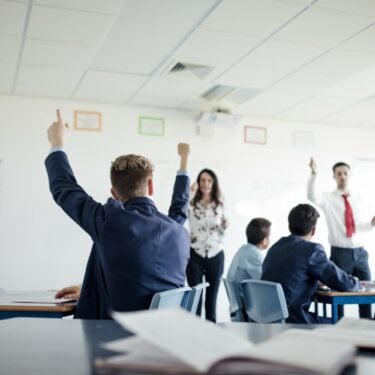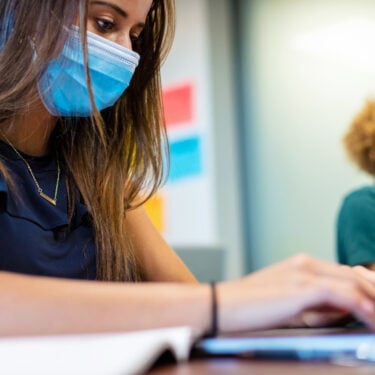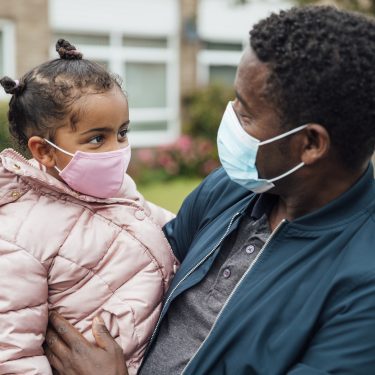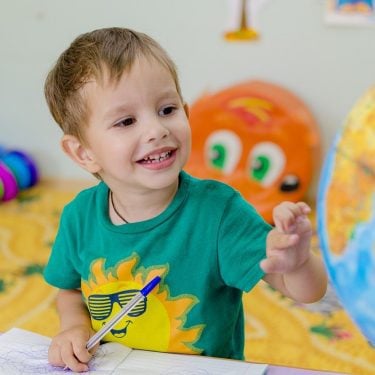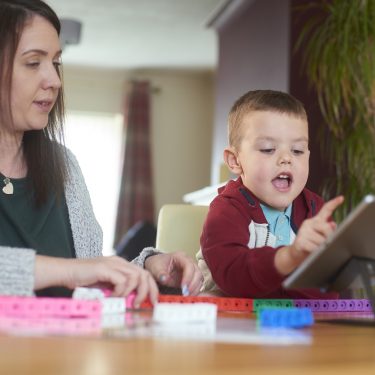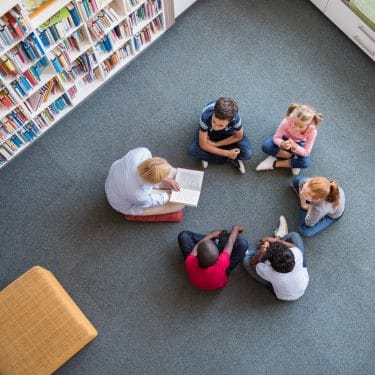
02/08/22
3 min read
Between 2009-10 and 2019-20, the Institute for Fiscal Studies (IFS) estimate that school spending per pupil in England fell by 9% in real-terms. In the 2019 and 2021 Spending Review, the government allocated extra funding to schools and explicitly stated that this would restore spending per pupil to 2010 levels in real-terms by the end of the parliament in 2024-25. Unexpectedly high cost pressures on schools mean that the government is no longer on track to deliver on this objective.
Many factors are currently acting to increase the actual costs faced by schools, including increases in teacher salaries, support staff pay, and food and energy prices. At the same time, the normal measure of economy-wide inflation using to assess real-terms changes in public spending has become more volatile (and potentially more unreliable) in the aftermath of the pandemic.
The IFS estimate the actual costs faced by schools and conclude that they are growing by more than economy-wide inflation. In 2022-23, the growth in school costs looks just about affordable within the government’s spending plans. But current spending plans for future years are likely to be insufficient to meet the cost pressures facing schools, with implied real-terms cuts in 2023−24. By 2024−25, after accounting for the specific costs facing schools, the IFS estimate that school spending per pupil will still be 3% lower than in 2010. This analysis was funded by the Nuffield Foundation and forms part of a larger programme of work examining trends and challenges in education spending across different phases.
Other key findings
- School costs are expected to grow by 6% in 2022-23. The IFS estimate that teacher pay costs will rise by 4% in 2022-23, including the effects of last year’s pay freeze, the 5.4% average increase in teacher salaries in September 2022 and the new Health and Social Care Levy. Local government employers have offered support staff pay rises of between 4% and 10.5% in 2022-23. This implies increases in the average cost of support staff of at least 9%. Rising energy and food prices are driving an increase in CPI inflation, forecast by the OBR in March to average 8% over 2022-23, which seems likely to further increase non-staff costs.
- But cost increases look just about affordable in 2022-23. Overall growth in funding per pupil is relatively high this year (7.7%) and is still likely to be above growth in school costs (6%).
- Cost increases won’t be felt equally. A large amount of the extra funding this year has been allocated to the high-needs budget to reflect fast rises in the number of pupils with special educational needs. The expected growth in total mainstream school funding per pupil (6.8%) is only just above expected growth in costs (6%). Schools that rely more on support staff, such as special schools, will also likely see faster growth in costs.
- Real-terms cuts are likely after this year. The IFS project that school costs will grow by 4% in 2023-24, which is above expected growth in school funding per pupil (3%). In 2024-25, growth in school funding per pupil is expected to be only just above projected cost growth.
Luke Sibieta, IFS Research Fellow and author said:
“On top of rising energy and food prices, schools now also face the cost of rising salaries for teachers and support staff. Within the context of a £4 billion rise in the school budget this year, these costs look just about affordable – at least on average. Next year looks much more problematic, however, with growth in funding per pupil expected to fall below growth in school costs. Indeed, the fast rises in school costs will reduce school budgets’ purchasing power and leave spending per pupil in 2024 still about 3% lower in real-terms than in 2010.
“The big fiscal choice for policymakers this autumn is whether or not to provide more funding to public services to compensate for rising costs and the significant challenges they face. It will be that much harder for schools to meaningfully contribute to levelling-up ambitions when they face real-terms cuts from next year onwards”
Ruth Maisey, Education Programme Head at the Nuffield Foundation said:
“The Schools White Paper set a target that 90% of primary pupils would achieve the expected standard in reading, writing and maths by 2030. However, the recent SATS results show that disruption during the COVID-19 pandemic has led to falling attainment levels. It is essential that the government addresses the cost pressures highlighted by this IFS analysis, to ensure that schools can deliver on ambitions for student attainment.”
Briefing note

